Midsummer bees and wasps
Is it that time of year already? As we move into July the early spring bees have finished their work and we start to see solitary wasps with more frequency and will start to see new queen…
Is it that time of year already? As we move into July the early spring bees have finished their work and we start to see solitary wasps with more frequency and will start to see new queen…
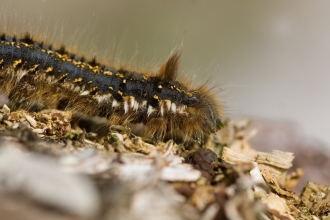
How well do you know your caterpillars? Take our quiz and see if you can match each wiggly larva to its adult form.
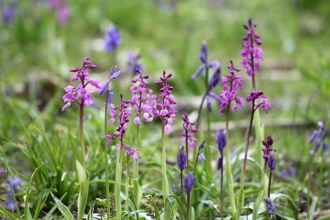
Some are bright and showy while others are subtle and delicate, but one thing’s for sure, all of the orchids found in our region are very special.
Karen McCartney shares some more bee and wasp species to be on the look out for as we enter summer.
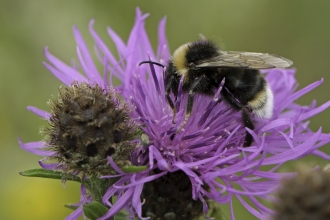
You may have heard or even seen a cuckoo during spring, but have you seen a cuckoo bee? Learn all about these fascinating insects and pick up some handy ID tips.
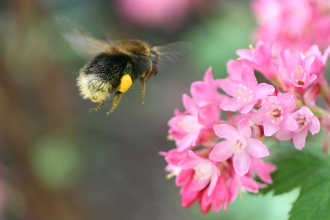
As we move into May and late spring we will start to see the first tiny workers of our early spring bumblebees. Karen McCartney gives us some species to look out for.
Meteorologically spring has sprung but for me personally spring begins when I start to see the first bees emerging after what feels like a long winter.
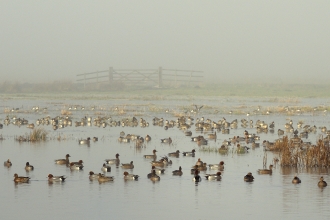
Winter is a wonderful time to see wildlife, particularly for fans of our feathered friends. Our lakes, rivers, reservoirs and coasts are a winter home for an estimated 2.1 million ducks!
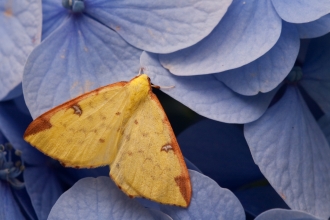
Spring and summer aren’t the only seasons for moth-spotting – you can find moths in your garden all year-round! But which species prefer balmy summer nights and which like flying when it’s frosty…
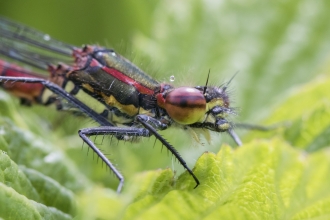
Can you tell the difference between a dragonfly and a damselfly? Our Communications Officer and Odonata-lover, Molly Toal, looks at some of the dazzling species you might spot on our reserves this…